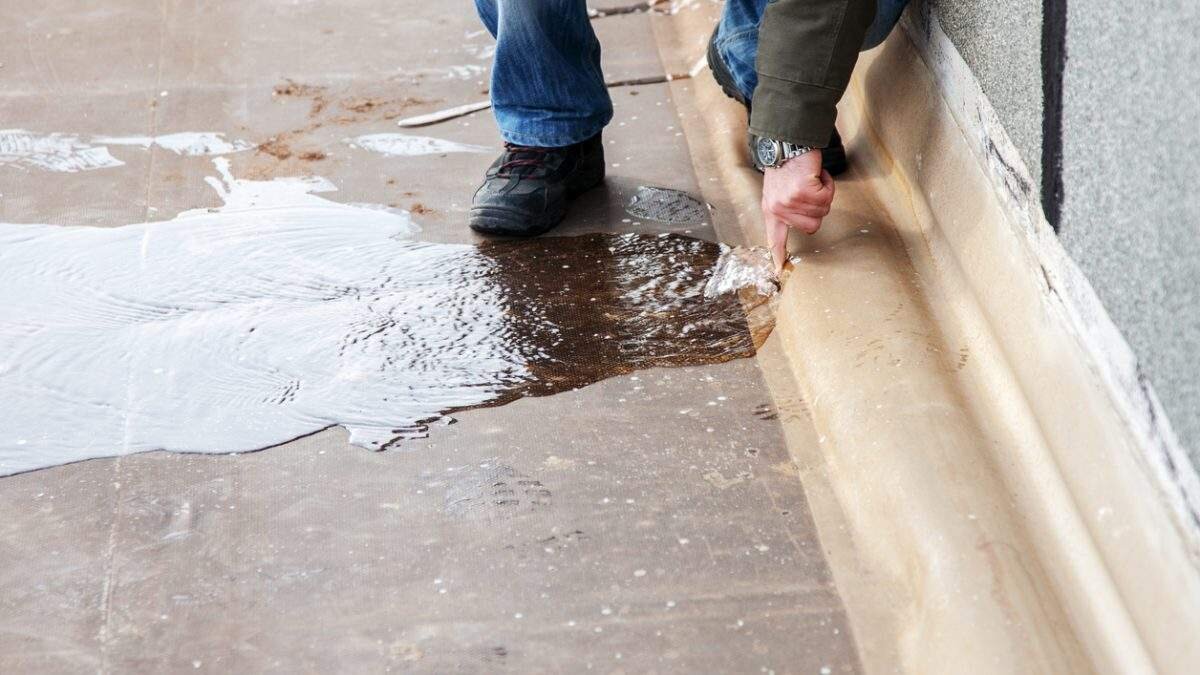
When it comes to home repairs, unexpected expenses can be a significant headache. And one repair that can throw a wrench in your budget is a slab leak. Not only is it a tricky fix, but it can also be quite costly. That’s why understanding the cost and budgeting for slab leak repair is crucial. In this article, we’ll provide tips for navigating through the budgeting process.
Get Multiple Quotes
Obtaining multiple quotes is a crucial step in navigating the budgeting process for slab leak repair. Reach out to several reputable plumbing companies to assess the scope of the work and provide detailed cost estimates. This allows you to comprehensively compare prices and services, ensuring you get the best value for your budget.
During this process, request a breakdown of the costs, including labor, materials, and any potential additional fees. Don’t hesitate to ask questions about the proposed repairs and the warranties they offer.
Consider the Scope of Work
When budgeting for slab leak repair, it’s crucial to consider the scope of work involved. Assess the damage’s extent, including the leak’s location and size, as well as any resulting structural or cosmetic issues. This evaluation will help you understand the complexity of the repair and the potential costs associated with it.
Additionally, factor in any necessary permits or inspections required for the repair process. This ensures that you comprehensively understand the overall expenses involved in addressing the slab leak.
Research Different Repair Methods
Researching different repair methods is valuable when budgeting for slab leak repair. Various approaches include traditional excavation, pipe relining, and epoxy coating. Each technique comes with costs, labor requirements, and potential long-term benefits.
Furthermore, consider the long-term implications of each repair method. Some approaches may offer more durable and reliable results, potentially saving you money on future repairs.
Understand the Cost Breakdown
Request detailed estimates from reputable plumbing professionals, outlining expenses for labor, materials, permits, and any additional services or equipment needed. This breakdown provides transparency and allows you to assess the allocation of funds for each repair aspect.
Moreover, be sure to inquire about any potential hidden costs or unforeseen circumstances that may arise during the repair process. This proactive approach ensures you’re prepared for any contingencies affecting the overall budget.
Determine Insurance Coverage
Review your homeowner’s insurance policy to see if it covers slab leaks and related damages. Some policies may provide partial or complete coverage, depending on the circumstances.
Additionally, reach to your insurance provider to discuss the specifics of your policy and any potential deductibles or limitations. Understanding what your insurance will or won’t cover helps you factor in those costs when budgeting for the repair. This proactive approach ensures that you have a clear financial plan for addressing the slab leak issue.
Plan for Additional Costs
Unforeseen issues or complications can sometimes occur during the repair process, leading to unexpected expenses. Allocate a contingency fund to cover any potential surprises, ensuring you’re financially prepared for any twists in the project.
Furthermore, consider any ancillary expenses, such as temporary accommodation, if the repair process requires you to vacate your home for some time. Factor in the cost of professional inspections or permits that may be needed before, during, or after the repair.





